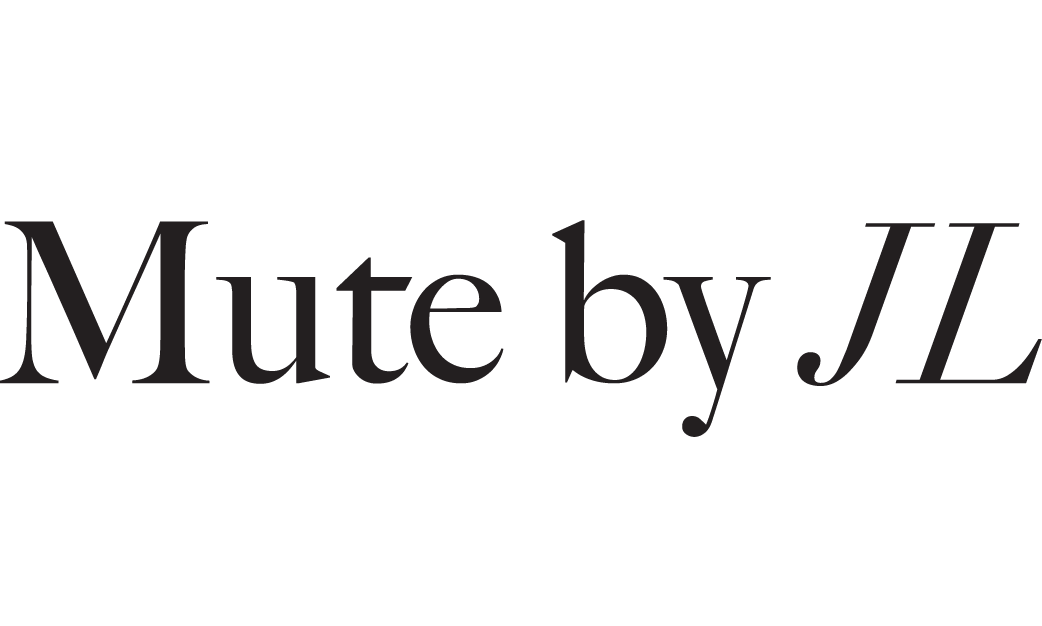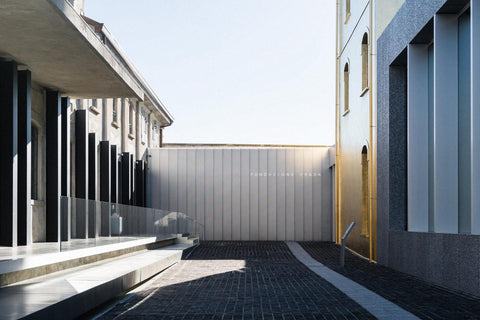EACH DISPLAYS ART IN ALTERNATIVE WAYS; SOME GALLERIES OVERLOOK ROOFTOPS AND ARE FLOODED WITH LIGHT, WHILE OTHERS ARE BURIED UNDERGROUND.



The Fondazione Prada is found on the industrial outskirts of Milan, behind dense lines of railway tracks and buried within a sprawl of scruffy apartment buildings. Opened to the public last May, it is home to the extensive art collection of Miuccia Prada and her husband Patrizio Bertelli, and a permanent playground for the eclectic activities of their arts and culture foundation, which they established in 1993. Like many new spaces dedicated to the display of contemporary art, it has grown from the site of an abandoned factory, a 1910 gin distillery whose silo towers are still clearly visible.



The design, overseen by the Dutch architect Rem Koolhaas and his firm OMA, comprises of ten buildings set around a cobbled courtyard, accessed through an unprepossessing steel perimeter fence. A huge, newly built glass-walled exhibition pavilion dominates the centre. A second exhibition space sits on top of it, cantilevered to jut out over the courtyard, narrowly missing the structure on the other side. Passing underneath, further buildings come into view, none of which look the same. Each displays art in alternative ways; some galleries overlook rooftops and are flooded with light, while others are buried underground. One might contain a single installation piece, while another might be hung floor to ceiling with paintings. There is no prescribed route around the site, but sloping floors, discreet archways and reflective surfaces help to create a natural fluency between each space.


The Prada logo is nowhere to be seen, as the couple maintains a strict separation between their fashion businesses and their art patronage. But fantastical touches, such as Bar Luce, the retro café designed by film director Wes Anderson, and ‘The Haunted House’, a tower with a hand-gilded gold leaf exterior, infuse the design with fashion’s playful decadence.
- WORDS: Lily Le Brun
- PHOTOS: Alice Gao
- ORIGINAL POST: Cereal

